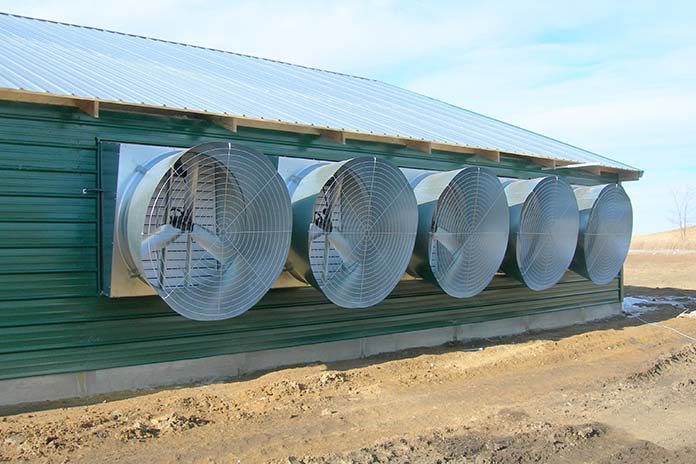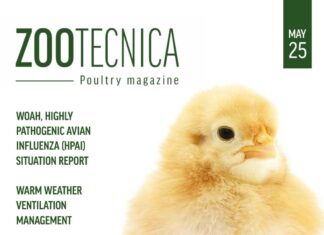
Brazil has vastly different poultry production profiles across its different states, each one with different ventilation practices, processes and realities. But one thing remains the same across all Brazilian poultrymen: all environments prove challenging, both in terms of marketing and technical service.
To better face these challenges, new technologies have emerged to better manage critical inputs, including temperature, humidity, air quality, air speed and lighting — all of which you are able to control through environmentally controlled aviaries. Moreover, these data sets prove extremely useful when trying to maximize a bird’s genetic potential.
Despite these remarkable advantages, many South American poultrymen still waiver on the decision or whether or not to install a house with greater technological control, and Brazil is no different. Most of the nation’s poultry houses have no or low-environmental control. Following are five reasons companies and producers cite for not installing environmentally controlled aviaries:
Disbelief
Believe it or not, there are still professionals in the industry who do not believe that tunnel ventilation housing is a viable option for their region. When asked why, the answers vary from climate to cost-benefit ratio to casualty risks. It is important to clarify that these systems are beneficial worldwide. If you have installed a controlled environment and are not seeing advantages, it is possible that not all the process variables are being observed or that you may have underestimated the actual capacity of the structure.
Cost
Of course, ventilation tunnels and high-tech equipment are more expensive. Producers must have the funds to do so, as well as a good relationship with the integrator company so that he/she feels safe in a long-term investment. Often producers don’t have the capital and must pursue financing, which comes with added risks. Therefore, these decisions must be made consciously, given that there is much to lose by both parties (company/producer) in the event that something goes wrong.
Available equipment
When comparing controlled environment aviaries in South America with similar ones in North America and Europe, we can see a great distance between available models and their costs — particularly in Brazil with its high taxation and layers of bureaucracy. Because of these challenges, it is very difficult for equipment suppliers to bring in modern, environmental control technology. Additionally, the market is relatively uninformed on new technology and does not demand news and updates from equipment suppliers. So, Brazilian poultrymen are often a few steps behind, costing growers their competitive edge and adaptability in the market.
Project errors
Though this is a relatively common problem, it is perhaps the most serious of the five listed here. When a project is not adapted to meet both the challenges of the region and the demands of a modern bird, the results will be less than satisfactory. Failure to adapt can mean spending more, yet yielding less. In most cases, the primary reason for this is an attempt to save money, selecting inadequate drawing components, structures or equipment for the flocks. In other instances, projects fail when producers don’t realize they have made an error. Don’t be afraid to take a step back and evaluate your project.
Managerial errors
These issues usually occur concurrently with project errors, but when managerial errors occur the consequences are far worse; however, it is possible to observe a good project that does not obtain satisfactory results. This often occurs when a supervisor does not interpret the data correctly and mismanages the flock. Limited knowledge about the correct conduction of ventilation concepts (minimum, transition and tunnel) as well as ideal temperatures and limits of relative humidity are the two most common errors seen in the field.
It is important to note that the above issues do not live in a vacuum — where there is obstacle, there are usually a few others present. Despite these obstacles, we must do what we can to overcome them and make the best decisions possible for each project. Only then will we maximize a bird’s genetic potential.

















